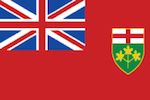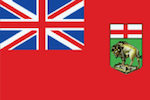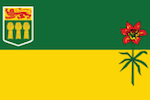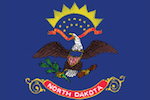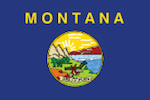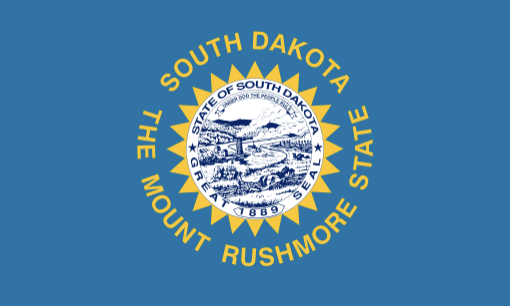
About NEMAC
There are times when cross border mutual aid assistance may be more readily available, less expensive, or the most operationally expedient method of managing an incident.
In early 2013 the Central and Prairie regions of the United States and Canada entered into a memorandum of agreement to facilitate cross border emergency management assistance.
Through the leadership of Sen. Herb Kohl (D-WI) and Sen. John Hoeven (R-ND) the State and Province Emergency Management Assistance Memorandum of Agreement (SPEMAMA) was ratified by Congress on January 14, 2013 as Public Law 112-282.
The legislation allowed jurisdictions, to include any or all of the states of Illinois, Indiana, Ohio, Michigan, Minnesota, Montana, New York, North Dakota, Pennsylvania, and Wisconsin, to participate in cross-border mutual assistance for preparedness and response with any or all of the Canadian provinces of Alberta, Manitoba, Ontario and Saskatchewan. The compact allows additional states and provinces to join.
At a meeting of the stakeholders in July 2013, the agreement was coined the Northern Emergency Assistance Compact (NEMAC).
NEMAC Documents
NEMAC Membership
Canadian Members
United States Members
Frequently Asked Questions
The following states and provinces are working towards membership to NEMAC:
- Alberta
- Ohio
- Illinois
- Indiana
- New York
- Pennsylvania
NEMAC History and News
14 January 2013
SPEMAMA Law Passed by US Congress
14 January 2013
October 2022
Wisconsin Fire Response
To help make more resources available, Michigan activated the Northern Emergency Management Assistance Compact (NEMAC). Ratified by Congress in 2013, NEMAC allows cross border mutual aid assistance between 10 U.S. states and four Canadian provinces that share borders. The agreement helps provide assurances for agencies that they can be reimbursed for costs associated with responding to an incident and that their personnel will be protected if injured.
“NEMAC is meant for situations just like this, so that we can help each other across borders,” said Wisconsin Emergency Management Administrator Greg Engle. “Having the compact in place allowed both states to approve the deployment across the border with just a quick phone call, and Wisconsin fire departments were able to send teams and equipment up into Michigan within hours.”
Wisconsin MABAS and the Wisconsin Fire Service Emergency Response Plan were utilized to quickly identify resources that were available to assist Michigan. This existing structure allowed for the quick coordination of assets to meet the needs identified by the state of Michigan, which were then requested using NEMAC.
Overall, 15 Wisconsin fire departments answered the call to send strike teams to Menominee under NEMAC, providing firefighters and other essential equipment. Responding departments included the town of Peshtigo, city of Peshtigo, Grover Porterfield, Wausaukee, Oconto, Oconto Falls, Gillet, Appleton, Suamico, Lawrence, Wayside, Greenleaf, Pulaski, and Howard. The City of Marinette Fire Department also responded under an existing mutual aid agreement. The Wisconsin Department of Natural Resources and Department of Health Services were also engaged in the response.
“I want to thank all of the first responders from Wisconsin who joined forces with Michigan to assist with extinguishing this fire, preventing it from spreading further, and providing relief to the firefighters in Michigan who had already been battling this fire for several days”, said Capt. Kevin Sweeney, Deputy State Director of Emergency Management and commander of the Emergency Management and Homeland Security Division, Michigan State Police.

